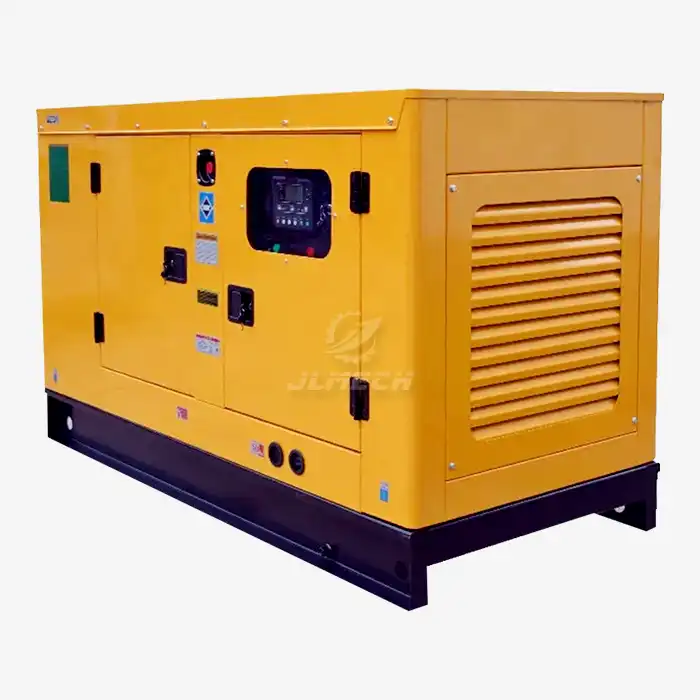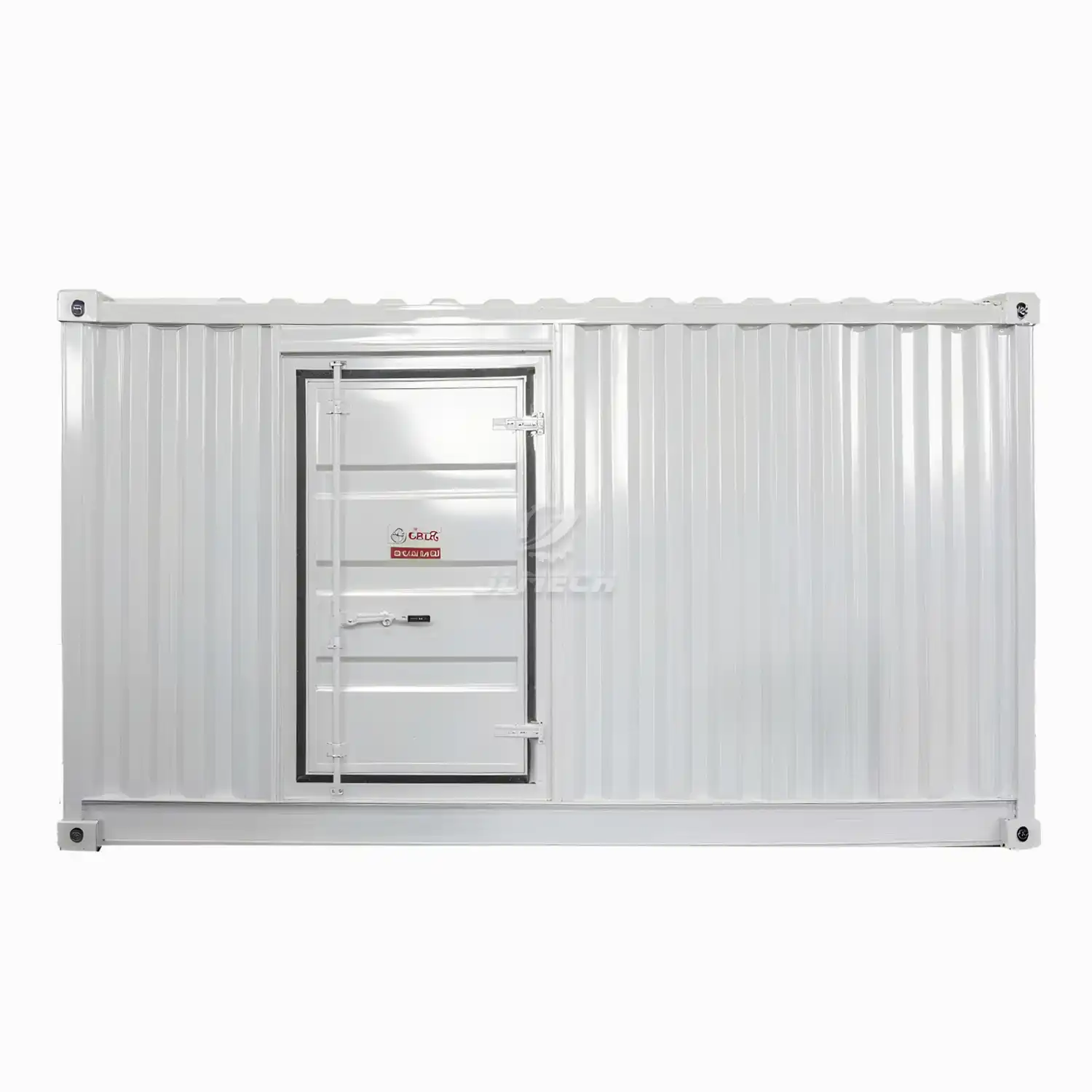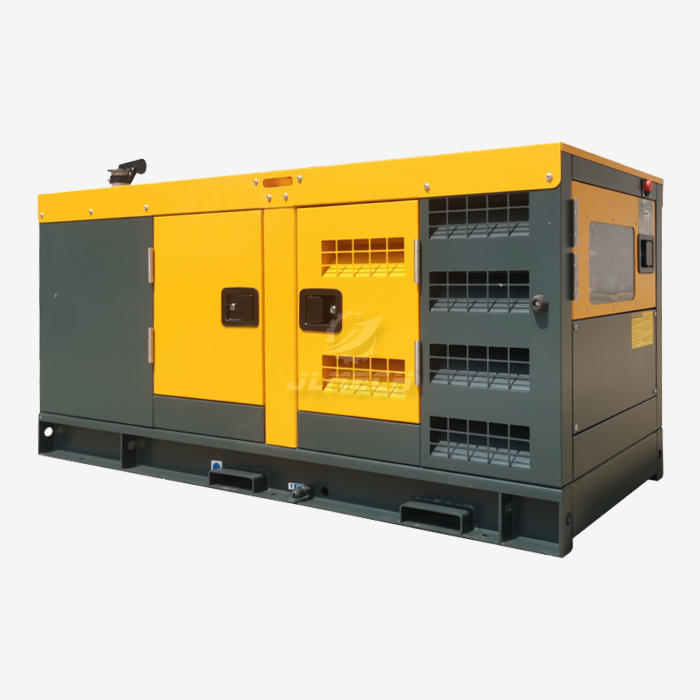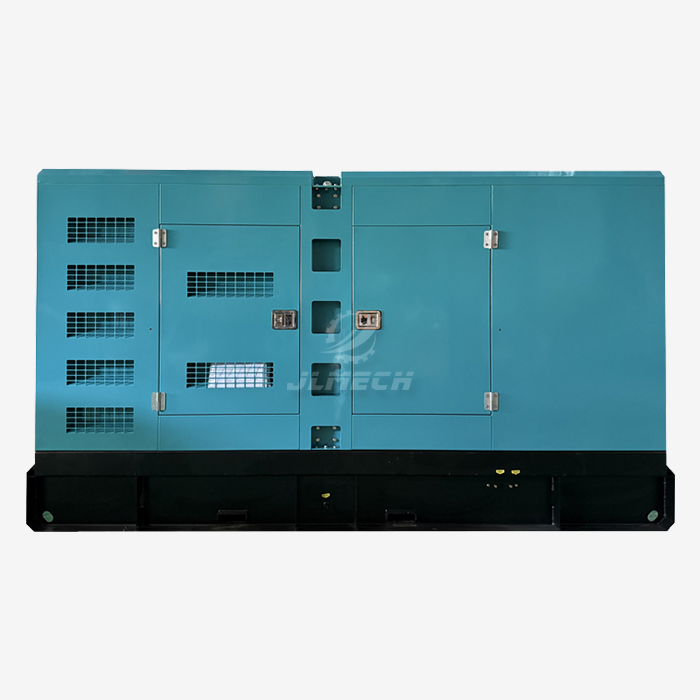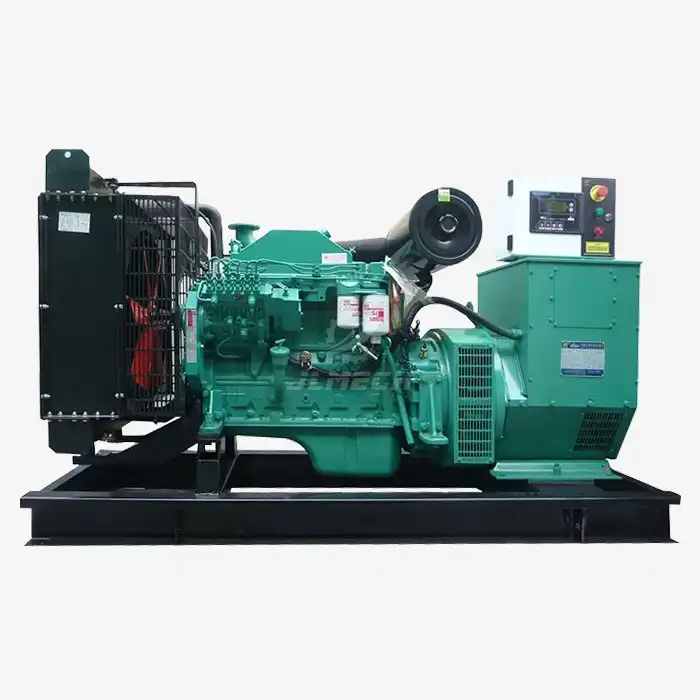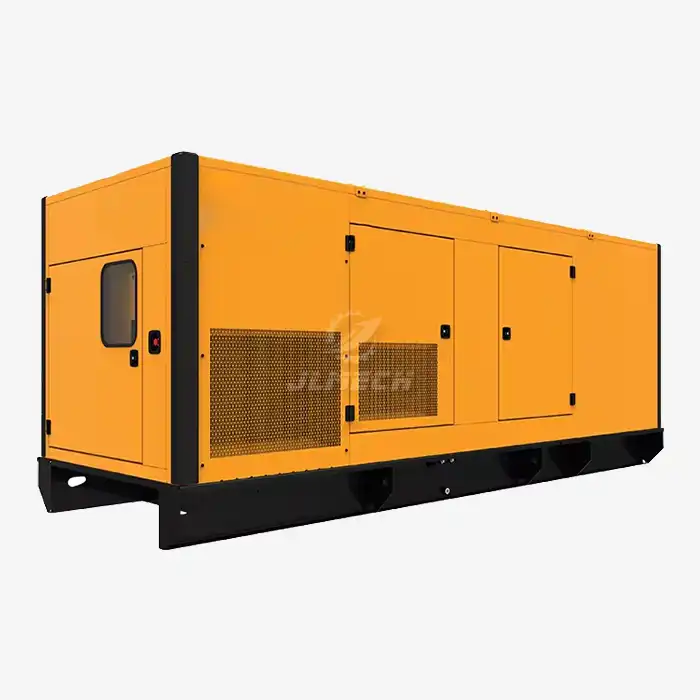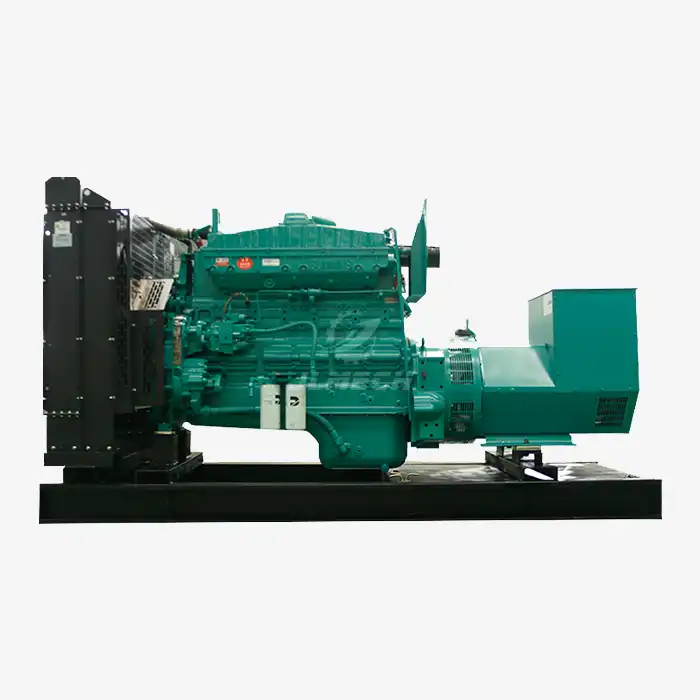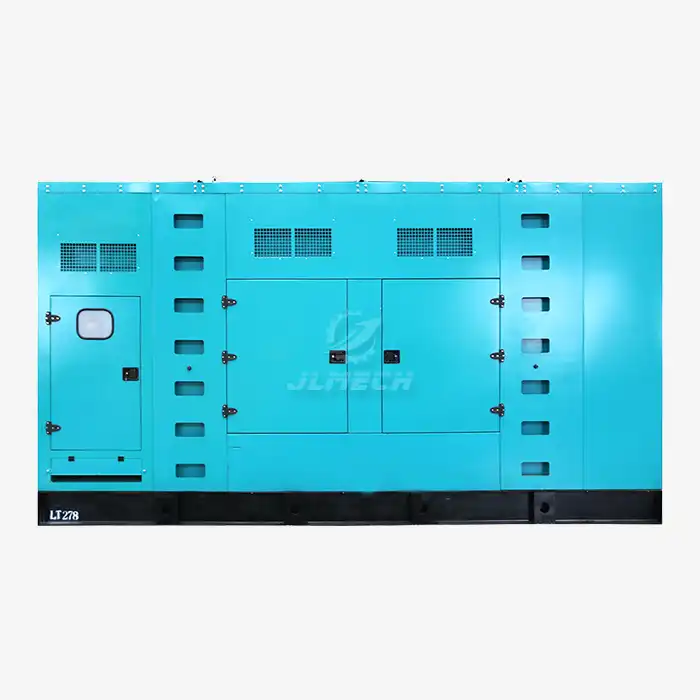How to connect a computer to a generator?
Connecting a computer to your generator is typically most valuable for medium to large capacity units (50kW and above) used in critical applications such as data centers, healthcare facilities, industrial operations, and telecommunications sites. This connection transforms your power system into a smart, data-driven asset, enabling real-time monitoring, historical performance analysis, and predictive maintenance. A computer-connected remote control diesel generator provides unparalleled visibility into your power system's operation, allowing you to optimize performance, reduce downtime, and make informed decisions based on accurate operational data.

Connection Methods and Technical Options
Several established methods exist for connecting computers to generators, each with specific applications and requirements:
Direct Serial Connection: Using RS-232 or RS-485 cables provides a reliable, hardwired link suitable for industrial environments where wireless connectivity may be problematic.
Ethernet Connectivity: Many modern controllers feature Ethernet ports, allowing direct network integration and support for standard protocols like Modbus TCP/IP.
USB Interfaces: Some systems offer USB connections for local data downloading and configuration changes without requiring network infrastructure.
Wireless Adapters: Dedicated wireless modules can be added to enable Wi-Fi or cellular connectivity for remote access.
The specific connection method available depends on your generator's control system capabilities. Modern remote control diesel generator systems often include multiple interface options to accommodate various monitoring scenarios.
Safety Considerations
Prioritizing safety is essential when establishing computer connections to power equipment:
Electrical Safety: Always establish connections while the generator is completely shut down and secured against accidental starting through proper lockout/tagout procedures.
Network Security: Isolate generator control networks from general business networks using firewalls to prevent unauthorized access and cyber threats.
Environmental Protection: Ensure all connection points and cables are properly protected from environmental factors such as moisture, dust, and extreme temperatures.
Grounding and Shielding: Use properly grounded and shielded cables to prevent electrical interference that could affect both generator operation and computer functionality.
A professionally installed remote control diesel generator connection incorporates appropriate safety measures to protect both personnel and equipment.
Troubleshooting Common Connection Issues
Even with proper installation, you may encounter occasional challenges:
Communication Failures: Verify cable integrity, connection tightness, and correct port selection. Restart both systems if communication cannot be established.
Driver and Software Compatibility: Ensure you have installed the latest compatible drivers and software versions provided by the manufacturer.
Protocol Mismatches: Confirm that communication parameters (baud rate, data bits, parity, stop bits) match between the computer software and generator controller.
Power Supply Issues: Check that all interface converters and external devices have adequate power supplies.
For persistent issues with your remote control diesel generator connectivity, consult the manufacturer's technical support team for specialized assistance.
Conclusion
Connecting a computer to your generator unlocks powerful capabilities for monitoring, analysis, and control. While the process requires careful attention to technical details and safety protocols, the benefits of enhanced visibility and control make it a valuable enhancement for critical power systems.
At JLMECH, we combine extensive expertise in power generation with an unwavering commitment to quality and innovation. Our team specializes in integrating advanced monitoring and control technology into our generators, ensuring seamless connectivity and reliable performance.
Our experts can help you implement the perfect monitoring solution for your specific requirements. Email us at skala@whjlmech.com to learn more about our connected generator solutions and professional integration services.
References
International Electrotechnical Commission. (2020). *IEC 62443: Industrial communication networks - Network and system security*.
National Fire Protection Association. (2021). NFPA 110: Standard for Emergency and Standby Power Systems.
Johnson, M. (2022). Emergency Power Systems: A Comprehensive Guide to High-Speed Diesel Generators. Power Engineering Quarterly, 45(3), 78-92.
IEEE Standards Association. (2020). IEEE 2030.5: Standard for Smart Energy Profile Application Protocol.



